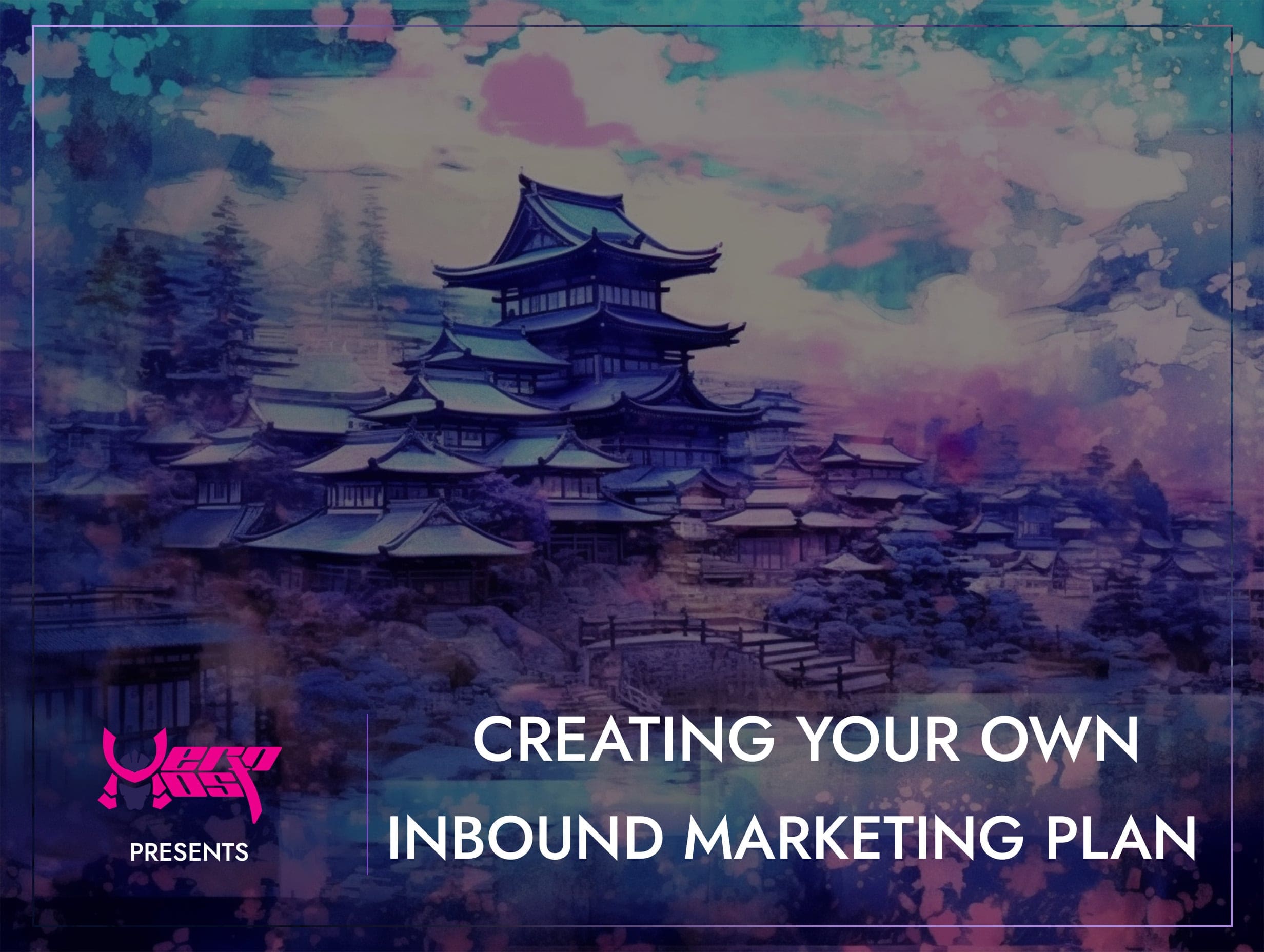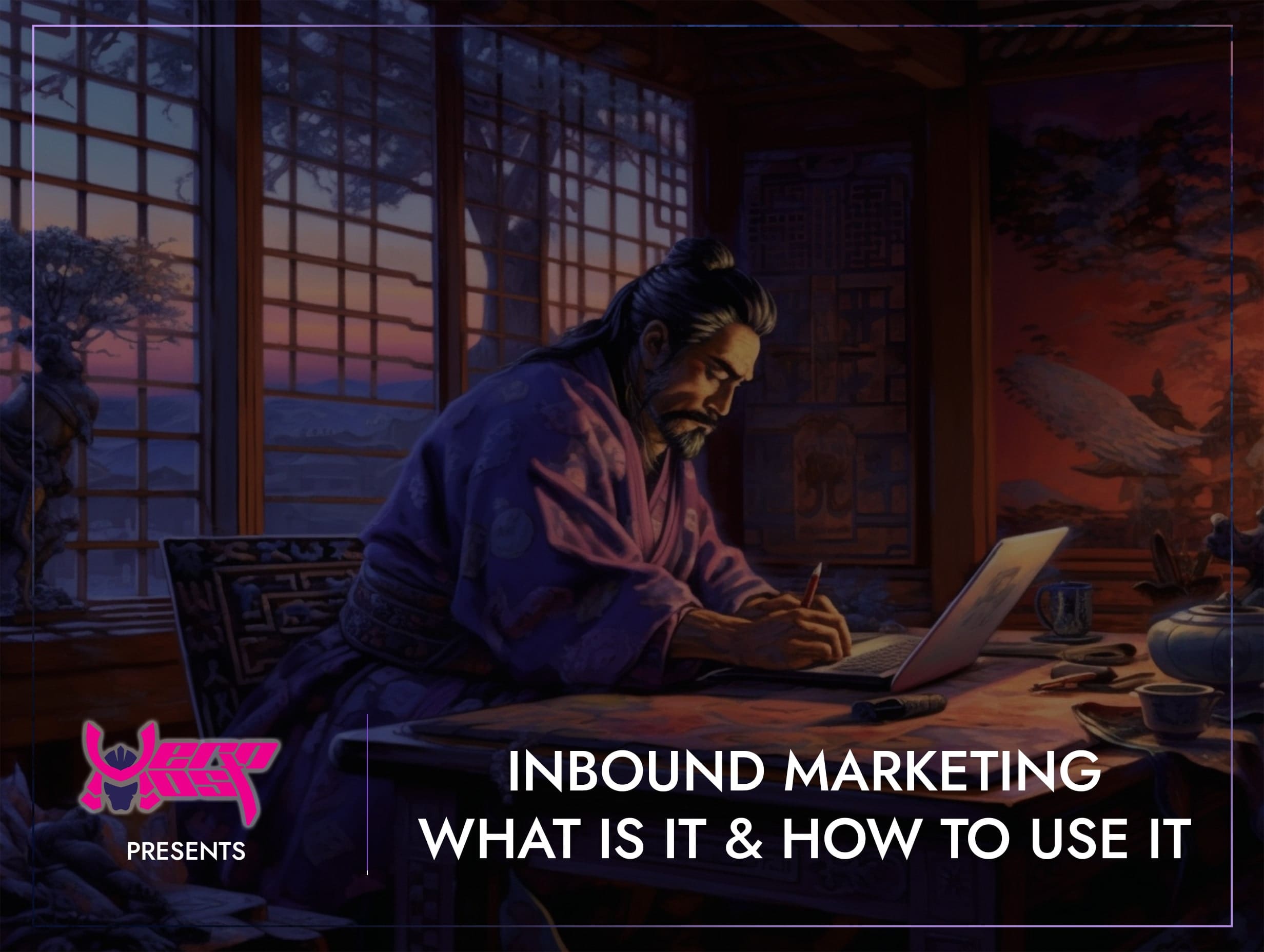A Guide to Creating Your Own Inbound Marketing Plan
- Home
- Inbound Marketing
- A Guide to Creating Your Own Inbound Marketing Plan

- Mikey Ryu
- December 15, 2023
- 0
A Guide to Creating Your Own Inbound Marketing Plan
How to Create Your Own Inbound Marketing Plan
In the dynamic realm of digital marketing, where consumers are bombarded with information, having a well-crafted inbound marketing plan is like possessing a treasure map in a vast sea. An effective inbound marketing strategy not only attracts potential customers but also engages and delights them, fostering lasting relationships. In this blog, we’ll embark on the journey of creating your inbound marketing plan, a roadmap to navigate the digital landscape and propel your business to new heights.
Understanding the Basics
Before diving into the intricacies of your plan, it’s crucial to understand the core principles of inbound marketing. At its essence, inbound marketing is about attracting your target audience organically, engaging them with valuable content, and delighting them to the point where they become brand advocates. The methodology revolves around creating a seamless customer experience that aligns with your business goals.
Step 1: Define Your Objectives
Every successful venture begins with a clear set of objectives. What do you aim to achieve with your inbound marketing efforts? Whether it’s increasing brand awareness, generating leads, or boosting sales, defining your goals will shape the rest of your plan. Be specific, measurable, and realistic in setting these objectives.
Step 2: Know Your Audience
Understanding your audience is the compass that guides your marketing ship. Conduct thorough research to identify your target demographic – their preferences, pain points, and online behaviour. Develop buyer personas that represent your ideal customers. This information will be the foundation on which you build your content and engagement strategies.
Step 3: Content is King
In the world of inbound marketing, content reigns supreme. Create content that resonates with your audience and provides value. Whether it’s blog posts, social media updates, videos, or infographics, tailor your content to address the needs and interests of your target market. Consistency and relevance are key – establish a content calendar to ensure a steady flow of engaging material.
Step 4: Optimise for Search Engines
Your content won’t attract your audience if it’s lost in the digital wilderness. Implement Search Engine Optimisation (SEO) techniques to enhance the visibility of your content. Identify relevant keywords, optimise meta tags, and ensure your website is user-friendly. A well-optimised site increases the chances of your content appearing in search engine results, drawing in organic traffic.
Step 5: Utilise Social Media Channels
Social media is a powerful tool for engaging with your audience. Choose platforms that align with your target demographic and share your content consistently. Cultivate a genuine social media presence by interacting with your audience, responding to comments, and participating in relevant conversations. Social media serves as the gateway to building meaningful connections with potential customers.
Step 6: Implement Lead Generation Strategies
Capturing leads is a crucial component of your inbound marketing plan. Provide valuable resources, such as ebooks, webinars, or exclusive content, in exchange for contact information. Leverage landing pages and forms strategically to collect data while offering something of value in return.
Step 7: Nurture Leads through Email Marketing
Once you’ve captured leads, nurture them through email marketing campaigns. Segment your email lists based on customer behaviour and preferences, delivering personalised content that guides them through the buyer’s journey. Email campaigns are a potent tool for maintaining engagement and gently guiding leads towards conversion.
Step 8: Analyse and Iterate
The final step in creating your inbound marketing plan is ongoing analysis and refinement. Utilise analytics tools to measure the performance of your campaigns. Track metrics such as website traffic, conversion rates, and social media engagement. Identify what works and what needs improvement, then iterate your strategy accordingly.
Conclusion
Crafting your inbound marketing plan requires a strategic mindset, a deep understanding of your audience, and a commitment to delivering valuable content. As you embark on this journey, keep in mind that inbound marketing is an iterative process. Stay adaptable, embrace change, and let the data guide your decisions. With a well-executed inbound marketing plan, you’ll not only attract and engage your target audience but also build lasting relationships that contribute to the sustainable growth of your business.
Search
Categorys
- Branding (12)
- Business Growth Guides (3)
- Business Insights (3)
- Content Marketing (43)
- Domain Authority (19)
- Email Marketing (28)
- Google Analytics & Search Console (5)
- Hack or Not (2)
- Hero Host News (0)
- Inbound Marketing (32)
- Lessons From Asia (40)
- Marketing Guides (11)
- Martial Arts Journey (14)
- Outbound Marketing (8)
- Search Engine Optimisation (SEO) (41)
- Social Media Marketing (38)
- Web Design (20)
- Website Hosting (4)
- Wordpress (2)






